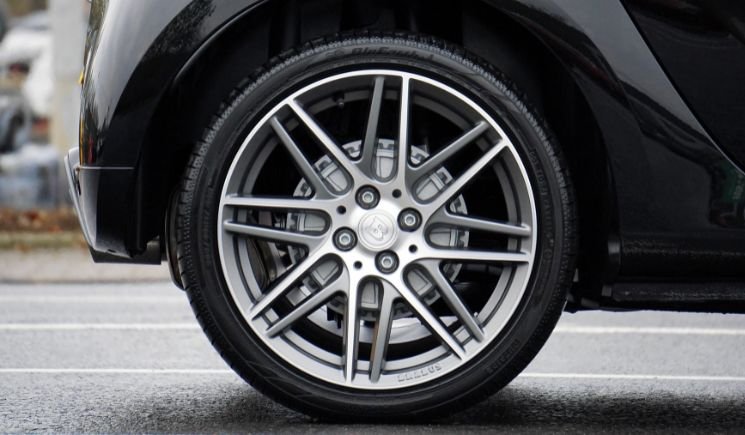With the rising costs of new tires, more drivers are looking into alternatives like retreads or recaps. Two popular options are using a tire recapper service or buying Treadwright tires. Both allow you to get more mileage out of your tires at a fraction of the cost of purchasing a new tire.
But there are some key differences between having your tires recapped versus buying pre-recapped Treadwright tires. So let’s find out these information.
Pros and Cons of Tire Recappers and Treadwright Tires
Pros of Tire Recappers
- You can recap your existing tire casings by saving on purchasing new tires.
- Recapping extends the life of your tires and reduces waste.
- Often more cost-effective for commercial fleets that go through a lot of tires.
- You can customize tread type and pattern based on your vehicle and usage.
- Some recappers offer warranties on their work for a certain number of miles.
Cons of Tire Recappers
- Durability can vary depending on the quality of work from different recappers.
- Old or damaged casings can lead to issues or failures after recapping.
- Fewer tread pattern options compared to brand-new tires.
- May need to ship tires to and from the recapper facility.
- Turnaround time while tires are under the process.
Pros of Treadwright
- The company specializes in retreads, so consistent quality and process are available.
- Offer a range of tread patterns for different vehicle types.
- Prefabricated for balanced performance and even tread wear.
- No downtime like with the recap process.
- Offer 30-day trial and pro-rated warranty options.
Cons of Treadwright
- More expensive than getting your own tires under the recapping process.
- It still uses old casings, so there are limits on durability when comparing it to new tires.
- Limited sizes and tread patterns are available.
- You must purchase the whole prefab tire rather than reusing the casings.
- There are no customization options are available for your specific vehicle and use.
Overview of How the Tire Retread Process Works with Tire Recappers versus Treadwright
Tire Recapper Retread Process
- Bring your worn tires with adequate casing to a tire retreader facility.
- The recapper will inspect the tire casing to ensure it is in good condition and meets the standards for retreading.
- Tires are under the process of buffing down to prepare the surface by removing the old rubber and also by exposing the casing.
- Any ideal repairs or patches are applied to the casing at this stage.
- The recapper will apply new rubber to the tire. This can be either precured or uncured rubber.
- For precured retreading, a ready-made tread is applied with adhesive, and it is pressed onto the casing.
- With the uncured process, a raw rubber strip is applied to build up a new tread area.
- The tire is put in a mold to shape a new tread pattern and vulcanize rubber with heat and pressure.
- After curing and cooling, the refinished retread is inspected for any issues.
- Wheels are rebalanced and retreaded to make sure that the tire is ready to use.
Treadwright Retread Process
- The treadwright obtains used tire casings and rigorously by inspecting those with related tools.
- Casings meeting standards are with appropriate new treads.
- Through their proprietary process, they apply premium uncured rubber to the casing.
- Then the tire will be in a mold to shape, cure, and vulcanize into the final product.
- Each retread is under the inspection for quality and performance standards after the process ends.
FAQs About Tire Recappers vs Treadwright
Q: Which is more durable?
A: Durability depends on many factors like casing condition and retread process quality. However, Treadwright may have an edge due to its specialized factory process and quality control.
Q: Can any tire be under this process?
A: No, tires must have an adequate casing condition and a perfect tread depth to pass this process.
Was this helpful?
Thanks for your feedback!

